Dream Cars Made Real: Insight from EMM London’s Richard Hawken


The Dream Cars class brings together the automotive legends that once adorned bedroom walls – from the wedge-shaped Lamborghini Countach to the technological tour de force that is the Porsche 959. Richard Hawken from Dream Cars class sponsor EMM London Private Office knows these cars as both objects of desire and serious collector investments. “Each generation has its dream cars,” says Richard. And at London Concours we’ll have them all. Read Richard’s insights below.
930 Turbo S
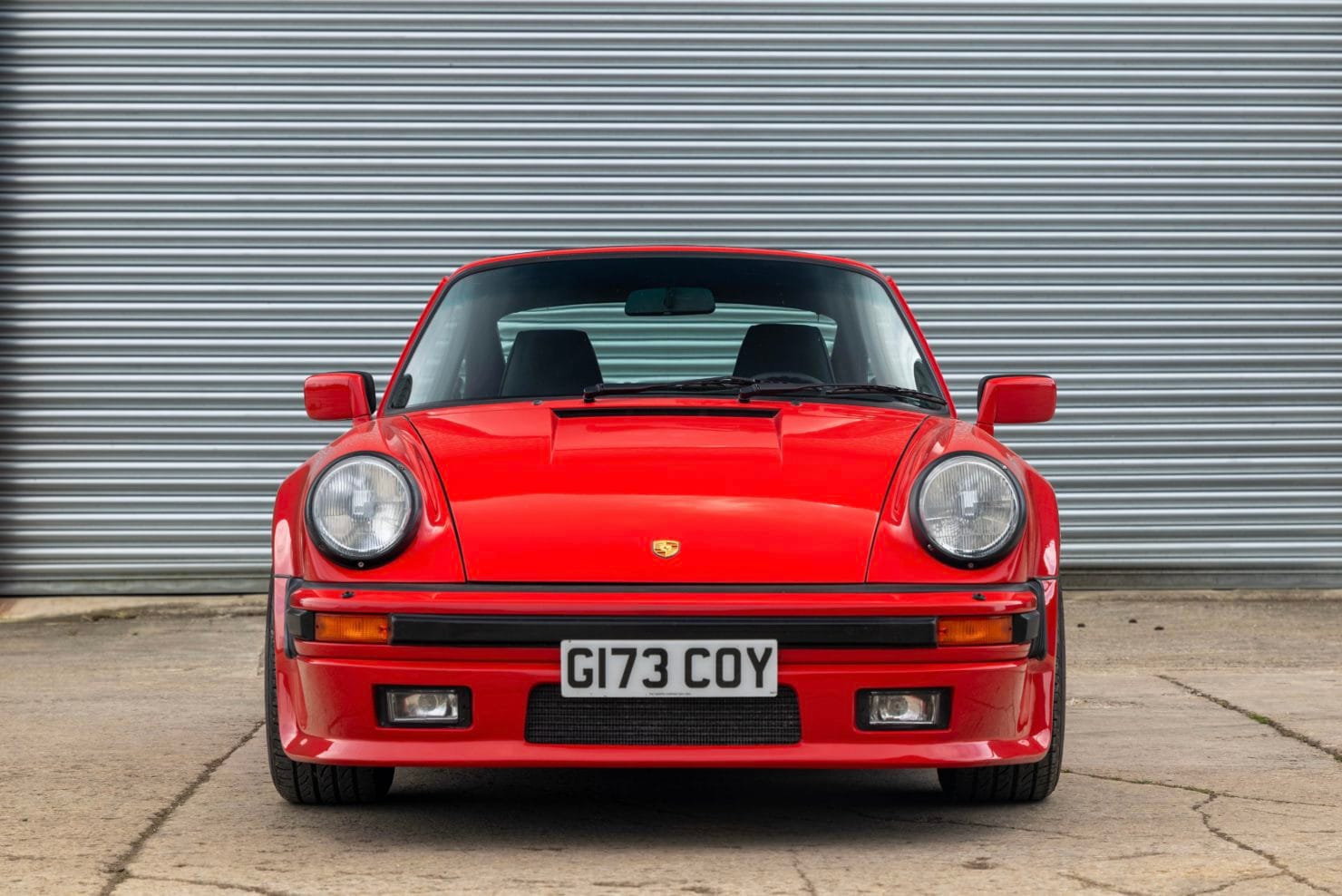

The late 80s 911 turbos with their short, imbalanced chassis, long 4 gears and a laggy turbocharged power delivery became notorious as being the “widow maker” as so many were crashed by over-exuberant, inexperienced executives shouting “watch this”. So, what did Porsche do? Made them faster!! The Sonderwunsch (Special Wishes to us Brits) program developed an even more insane run-out version of the 911, which saw a bigger turbo, bigger cc (3.4 vs 3.3), a Grp 4 front splitter, 17” Ruf rims and an astonishing 400bhp. By 1989, the G50 (5 speed) was introduced making the car a little bit more driveable, but a few tenths slower. Interesting to note most of the Sonderwunsch 911 Turbo S models were flat-nosed, making this example a very rare model indeed. One of the poster cars of the late 80s with good investment potential for those original cars with low mileage and solid histories.
Investment rating 7/10
Lamborghini Countach 5000 QV
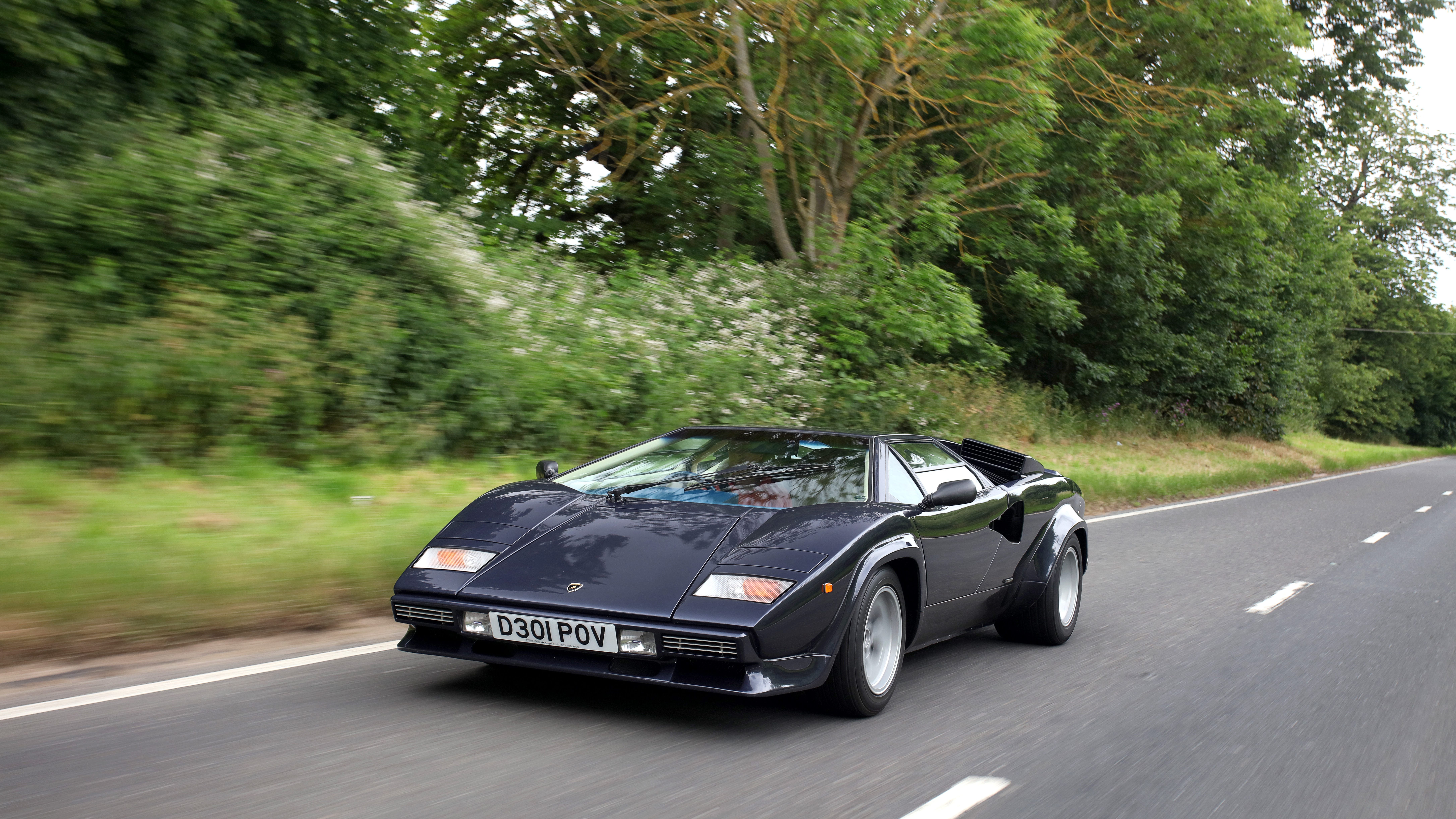

The mid-80s was a wild time, not that I remember much of it as a young schoolboy. But I do remember a poster on my wall at school, one I was very proud of. A red Lamborghini Countach wonderfully presented by a confusingly wet, but very pretty brunette in heels and a tight black dress…not that I noticed. A perfect blend of gorgeous excess, symbolic of a boom decade. So why has it taken so long for the Countach to be knocking on the door of investment grade? Maybe a mixed reputation for unreliability; it’s a highly strung V12 on carbs that needed 5* fuel at launch, not the watery E5 rubbish pumped in 2025, reversing requires a posse of friends, or a very rubbery neck and when it came to servicing, after a long intake of breath through gnashed teeth, mechanics mutter the words “ain’t gonna be cheap mate” all led to people favouring the equivalent models from Ferrari or Porsche. With F40s now in the millions, investors are turning towards their stablemates for alpha. From 1985 onwards, cars were 5.2 V12 Quattrovalvole with the last 66 cars made with K-Jet fuel injection to combat the dark clouds of US emissions. This produced 420bhp capable of 4.2 to 60 and 180mph top speed – brave!! These are the cars to own.
2024 saw values peak for a super-low mileage injected car in white at £640k, but 2025 has seen values largely trade lower. However, the RM Milan sale 22.05.25 saw a black 25th Anniversary example buck the trend setting a new record and high water mark at €1.13m. Looks great in black to be fair. A rising tide and all that….but can Bulls actually swim??
Investment rating 7/10
Lamborghini Murcielago LP640
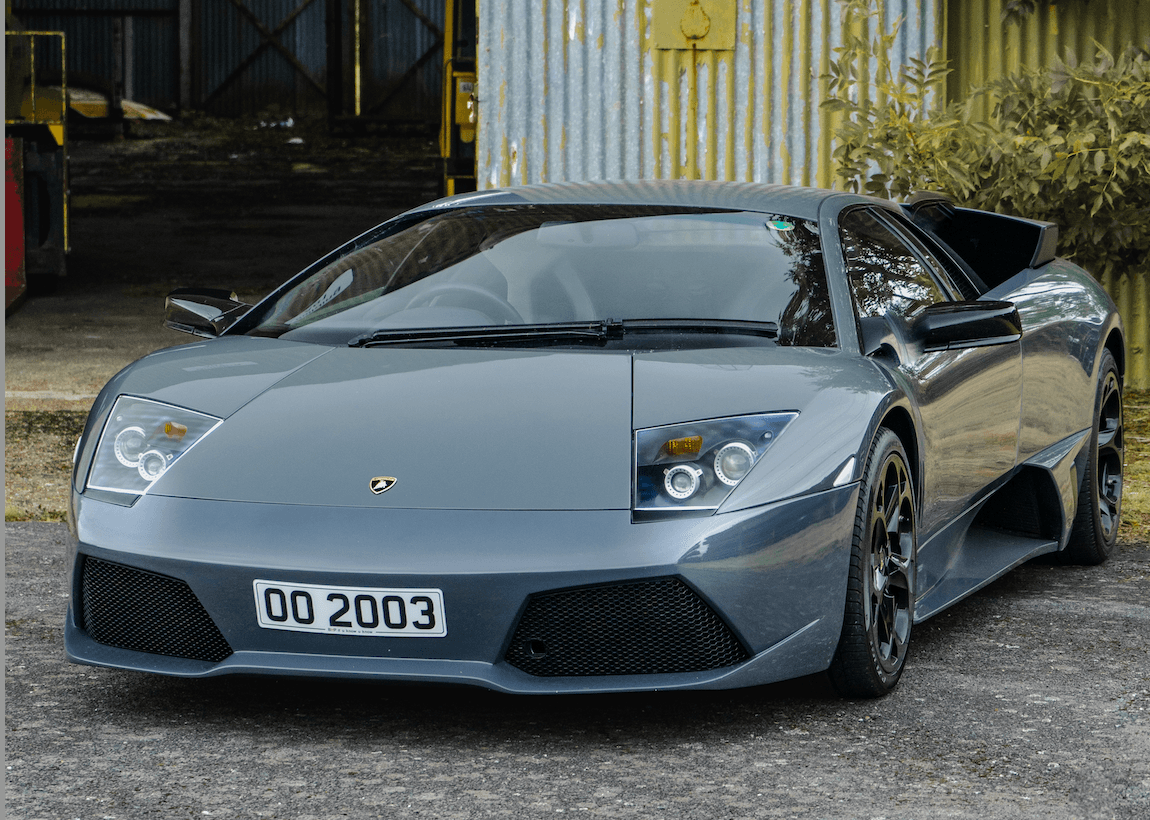

Flagship V12 monster and the first all-German built Lambo combining German engineering with Italian styling. Despite being owned by Audi, the cars were all assembled in the Sant’ Agata Bolognese factory in Italy. The LP essentially in English simply refers to the engine layout, longitudinally situated. Part of the reason there isn’t much room for luggage. Manuals are lauded for their driver involvement, against the automated manual “e-gear” variants. They’ve not entered the realms of collectable asset yet, but as a first of, could have an interest in years to come. Great car to own and drive. Last year a high print was made at over £1m for a 1 of 8 official US titled cars and 1 of 1 in Oro Adonis paint (gold to you and I) with just 6k miles, which looks to have set a high watermark that will last for years to come. On average, they change hands for around £200k which has shown little or no price appreciation in 15 years.
Investment rating 2/10
Porsche 959
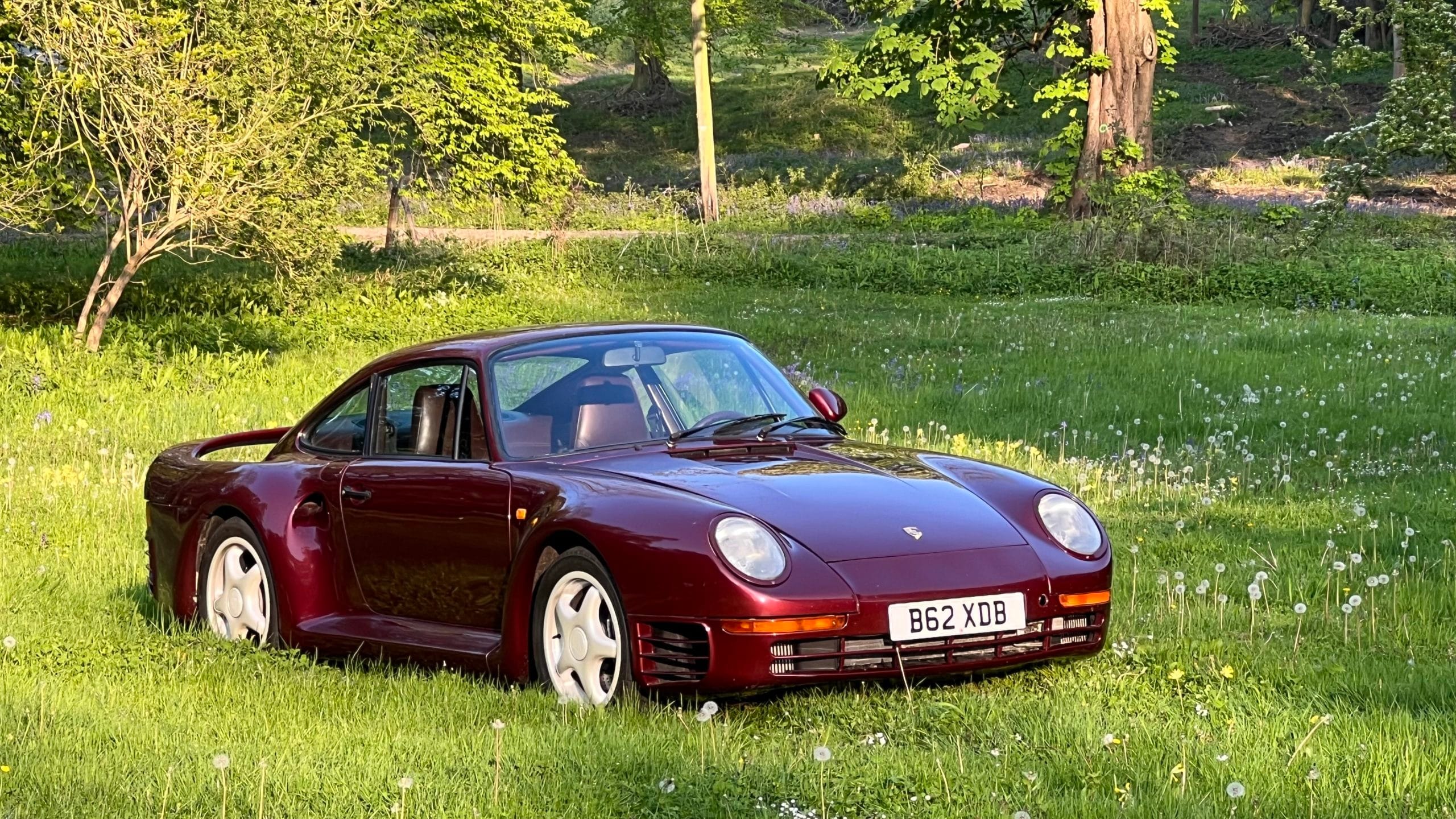

Spaceship tech – In the late 80s humans went to space quite a lot in what looked like a modified aeroplane. What they learn they shared with Porsche who were busy cramming all that same tech into a car, or at least it seemed like it. What they produced in the 959 was essentially the same group B rally monster with leather seats and carpet. The groundbreaking technology was very Germanic, and it worked. Even though it may look like a 911, its architecture is bespoke using aluminium and Kevlar composite panels, and a Nomex floor in place of regular production car steel . The 959 boasts tech more familiar with 2025, than 1985, such as a 6-speed manual gearbox, sequential turbos, EFI, active aero, active ride height, AWD inspired by the Audi Quattro’s rally success with torque vectoring, but with a RWD bias, and coefficient drag of just 0.31, same as a Pagani Huayra today. 337 cars were built, 37 of which were prototypes. Most desireable is the Sport of which 29 cars were built. Sports ahd bigger turbochagers and less weighty equipment pushing the Komforts 197mph top speed to 211mph and 0-60 in 3 seconds. Even today at c40 years old, a 959S would show most modern supercars a clean pair of heels. Sports have no a/c, central locking, electric windows, rear seats or active suspension.
Prices of 959 have been increasing since 2015 where £500k would have bought you a nice Komfort. In late 2021 a Komfort made a high print at £1.9m, with the averages hovering around £1.7-1.8m. Expect to pay 25-30% more for a Sport, if you can find one. In 92/93 Porsche invited loyal customers to buy 1 of 8 “new” 959 Komforts built from the factory inventory parts with an uprated 523bhp. These 8 cars are the most sought after – 4 red, 4 silver.
Investment rating 8/10
McLaren F1
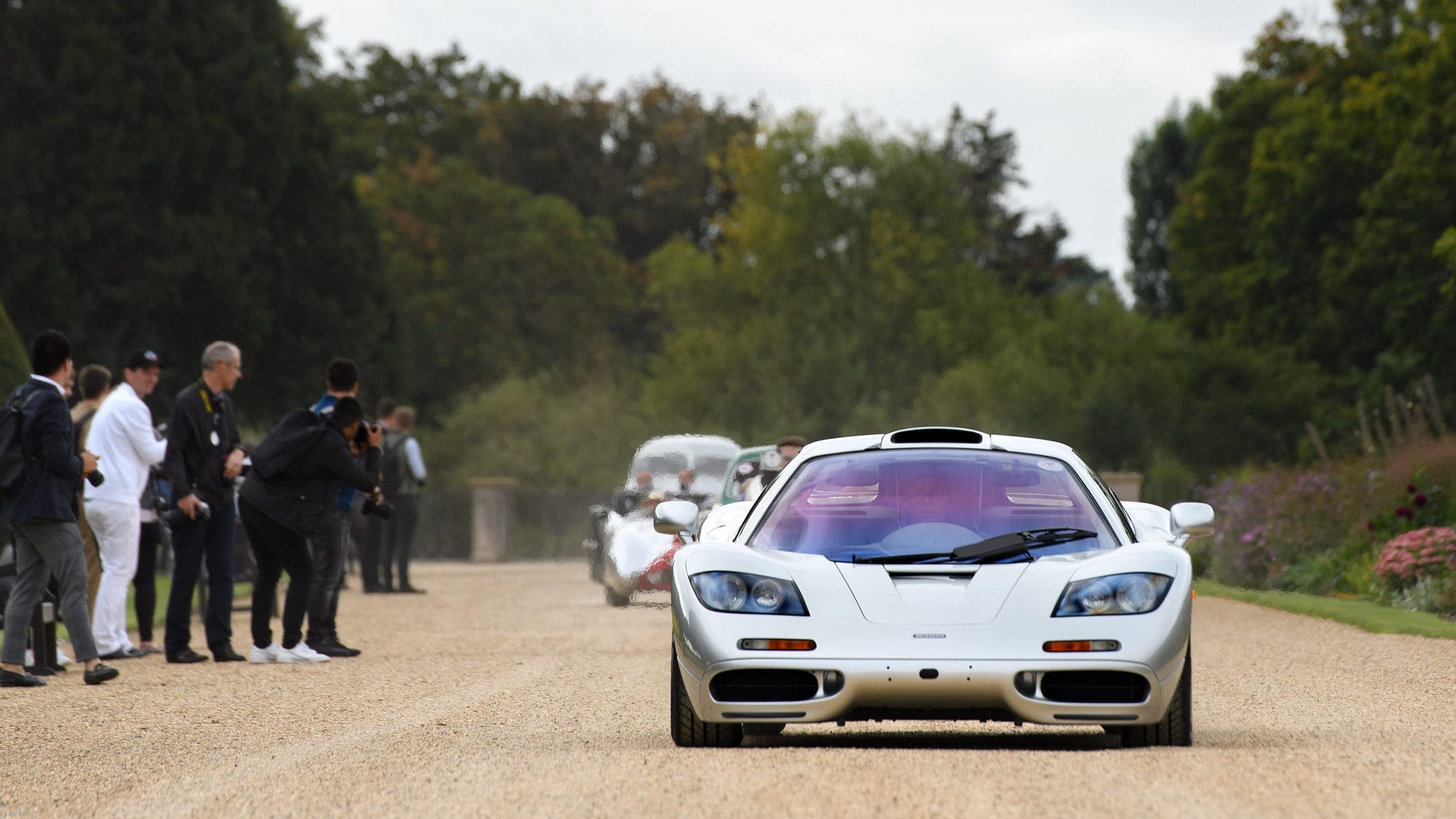

The F1 needs no introduction as is still regarded as one of Mr Murray’s finest moments, lauded as one of man’s greatest automotive achievements. One of the first cars to be built entirely from a carbon fibre monocoque construction, the idea borrowed from the Jaguar XJR 15. The focus was to build the worlds fastest car, which displaced another LC Dream Car, the Jaguar XJ220. What was delivered blew the minds of the motoring world. A BMW V12 powered hypercar capable of 240mph and accelerating to 60 in just 3.2 seconds. Even today, the F1 remains that last road-legal car produced to win the Le Mans 24 hours outright. Just 106 F1s were built in total, 67 of which are road cars (inc 5 prototypes). There’s no denying it, if you have an F1 in your collection, you have a seat at the top table, rubbing shoulders with Ralph Lauren, Lewis Hamilton and the Sultan of Brunei to name just a few.
Values increased steadily from 2008 onwards upto where they are currently c$20m, but don’t seem to be rising further. So rarely do F1s change hands publicly or privately that building a consensus proves difficult.
Investment rating 6/10
Lamborghini Diablo 6.0 VT
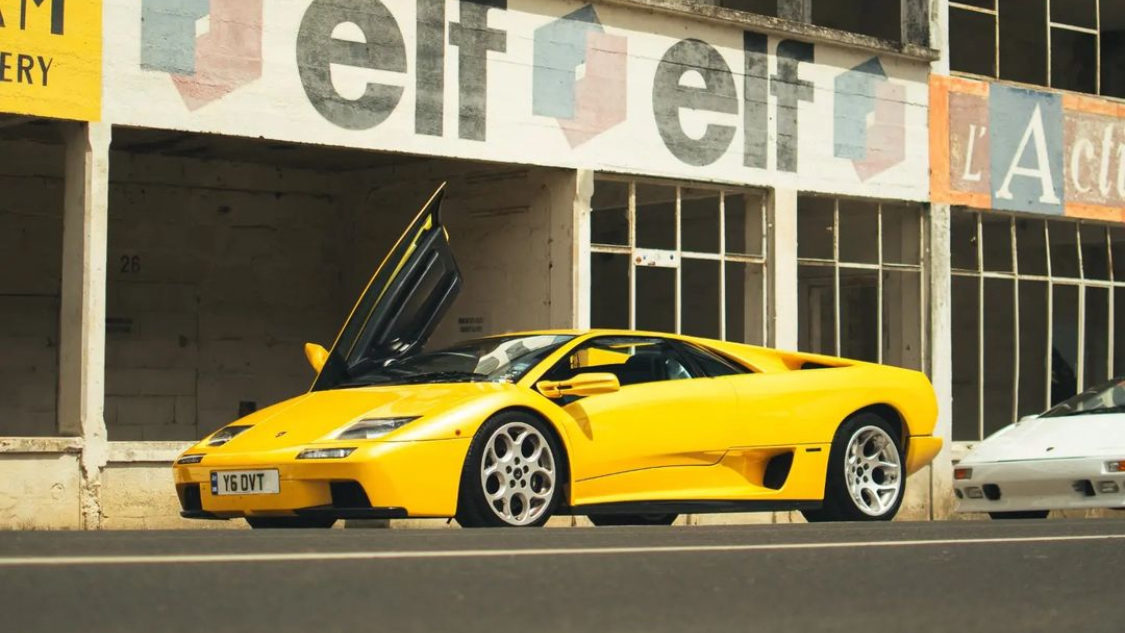

337 examples of the 2,903 built were the 6.0 VT Diablo. VT stands for Viscous Traction, Lamborghini’s first AWD supercar. Clear to see Audi’s “Quattro” influence, which also bought with it several design improvements under the new German ownership. The Diablo, (Devil in Spanish) has been increasing in investor interests driven mainly by the GT of which just 80 were built. Arguably the next best was the 6.0 VT. A perfect blend of an Italian brute with a German heart.
Investment rating 7/10
Jaguar XJ220
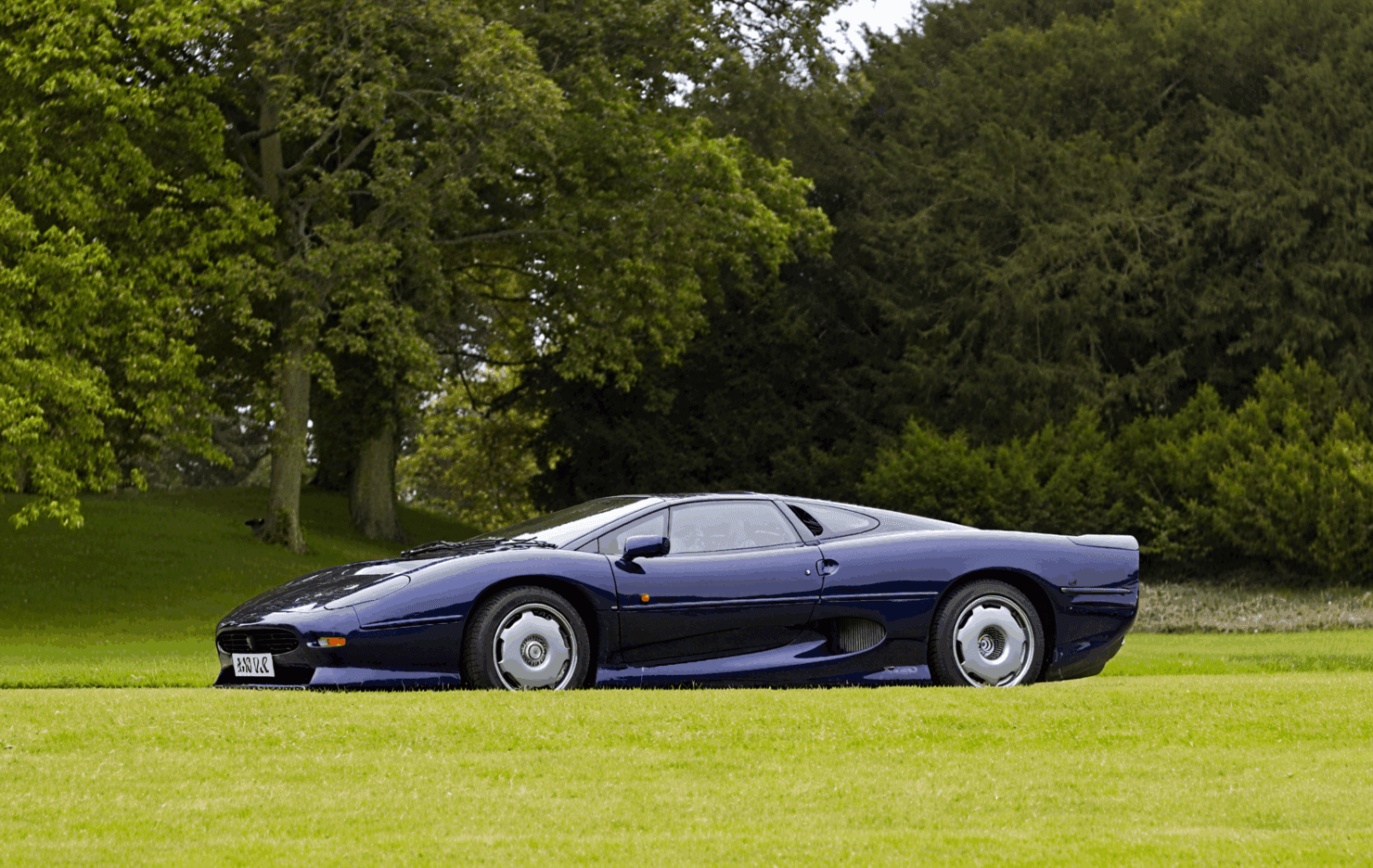

The most misunderstood supercar on the planet, one which held the fastest car in the world title between 1992 and 1998 before being eclipsed by the McLaren F1. Thankfully between concept and production the world changed so the cast iron boat anchor V12 and AWD was dropped in favour of a rattly aluminium twin turbocharged V6 built by TWR producing 542bhp. Despite being over 30+ years old, the performance figures are impressive. 0-60 in 3.5 and a top speed of 217mph, mathematically allowing for the slight scrub at Nardo from the constant cornering. It makes no sense you can still buy one starting with a 3 in the UK, yet in LHD markets they’re 50% higher. Is the XJ220 the most obvious investment, or just an unloved whale? 281 built in 5 colours all named after racing circuits with Daytona black the rarest of all (18 cars).
Investment rating 5/10
Porsche 911 GT1
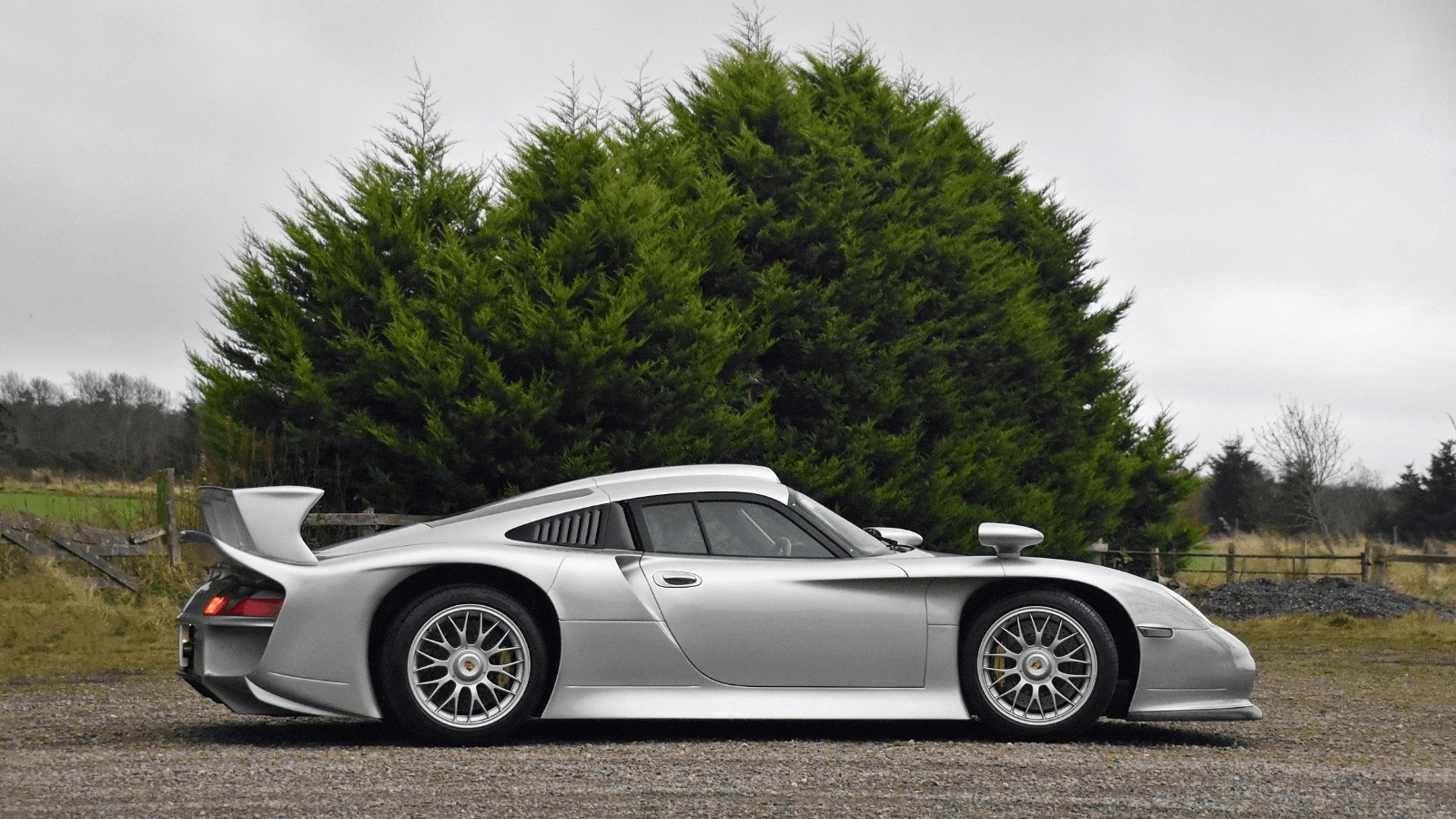

Will there ever be a better race series than FIA GT1 World Championship that saw the McLaren F1, battle with a AMG CLK GTR, doing battle with a 911 GT1. No is the answer. As the series required street-legal versions of the cars raced, Porsche introduced 25 911 GT1 Strassenversions. Two were prototypes and easily identified by their 993 style front headlights, against the remaining cars that were the later 996 style. Other than front and rear lights, the GT1 does not share any other components from either the 993 or 996 road cars. Even the badge was a sticker. So rare, they are hardly ever seen for sale publicly, though we are aware of a few 996 style cars changing hands privately for around $7m. Great store of value.
Investment rating 6/10
BUGATTI EB110
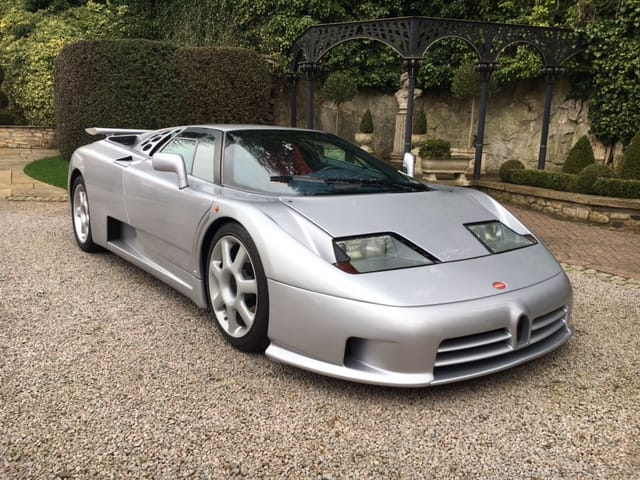

After a 40 absence from the market, Bugatti returned in 1991 to make it’s mark on the modern motoring world. Exactly 110 years after Ettore Bugatti was born (September 15th 1881), the car was launched in front of an exclusive audience at a private event in Versailles. Offered as a standard GT car (yeah right) or the lightweight Super Sport version, of which only 30 were built. Powered by a 3.5l V12 60 valve engine, with no less than 4 turbochargers, the 110 produced 553bhp in standard trim and a planet stopping 603bhp in Super Sport trim. The thinking was 2 large turbos would take a while to spool, leading to lag, whereas 4 smaller blowers would spool quicker and punch more air through into the engine; seems they were right. All that power was then fed through a 6-speed manual gearbox. Wunderbar!! The 110’s early roots can be traced back to the mid-80s and you’d be excused for spotting the Lamborghini influences, from where the team had originated. Gandini eventually laid claim to the 110’s brutish looks, but Bugatti’s president apparently wasn’t at all happy with the sharp angular design. Michael Schumacher bought a Super Sport in 1994, but crashed it soon after blaming a lack of brakes. (Page 54, paragraph 2 of the racing driver’s book of excuses).
Today the EB110 is still a sight to behold in either form, though for investment, one of the original 30 Super Sports is the one to own. The later Dauer cars whilst faster on paper, were never considered to have true Bugatti DNA. Super Sports are now well in the £2.3 – £2.4m realm with a good GT c.£1.5 – £1.6m.
Another 90s rocket capable of “cruising speeds at over 200 mph” (Phil Hill). Just 139 examples of the EB110 would be built before the company went into liquidation in 1995, eventually to be consumed by VW AG.
Investment rating 7/10